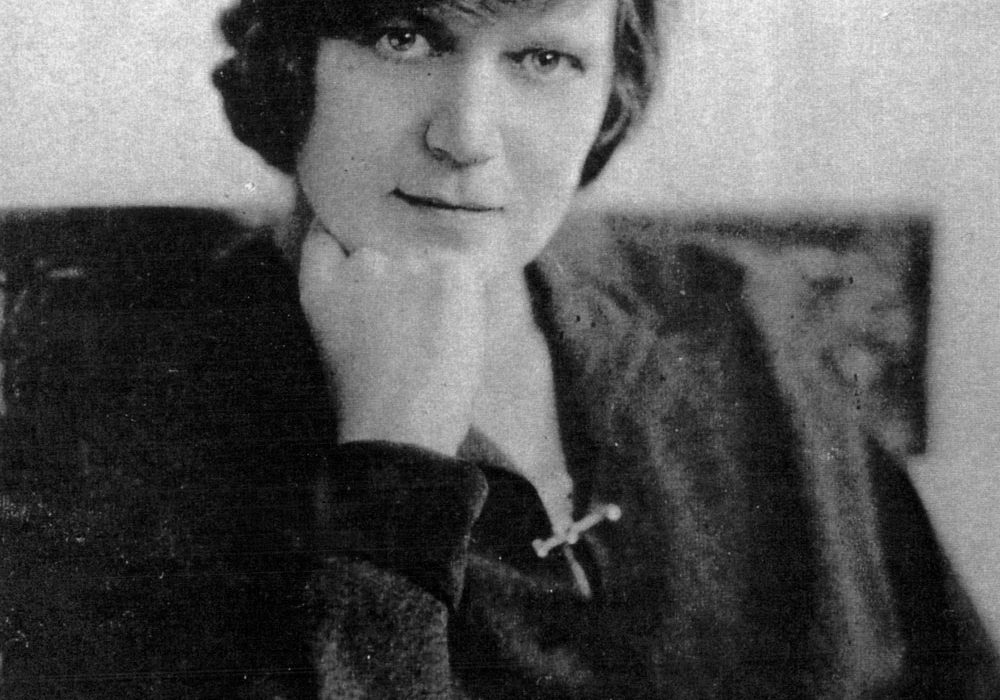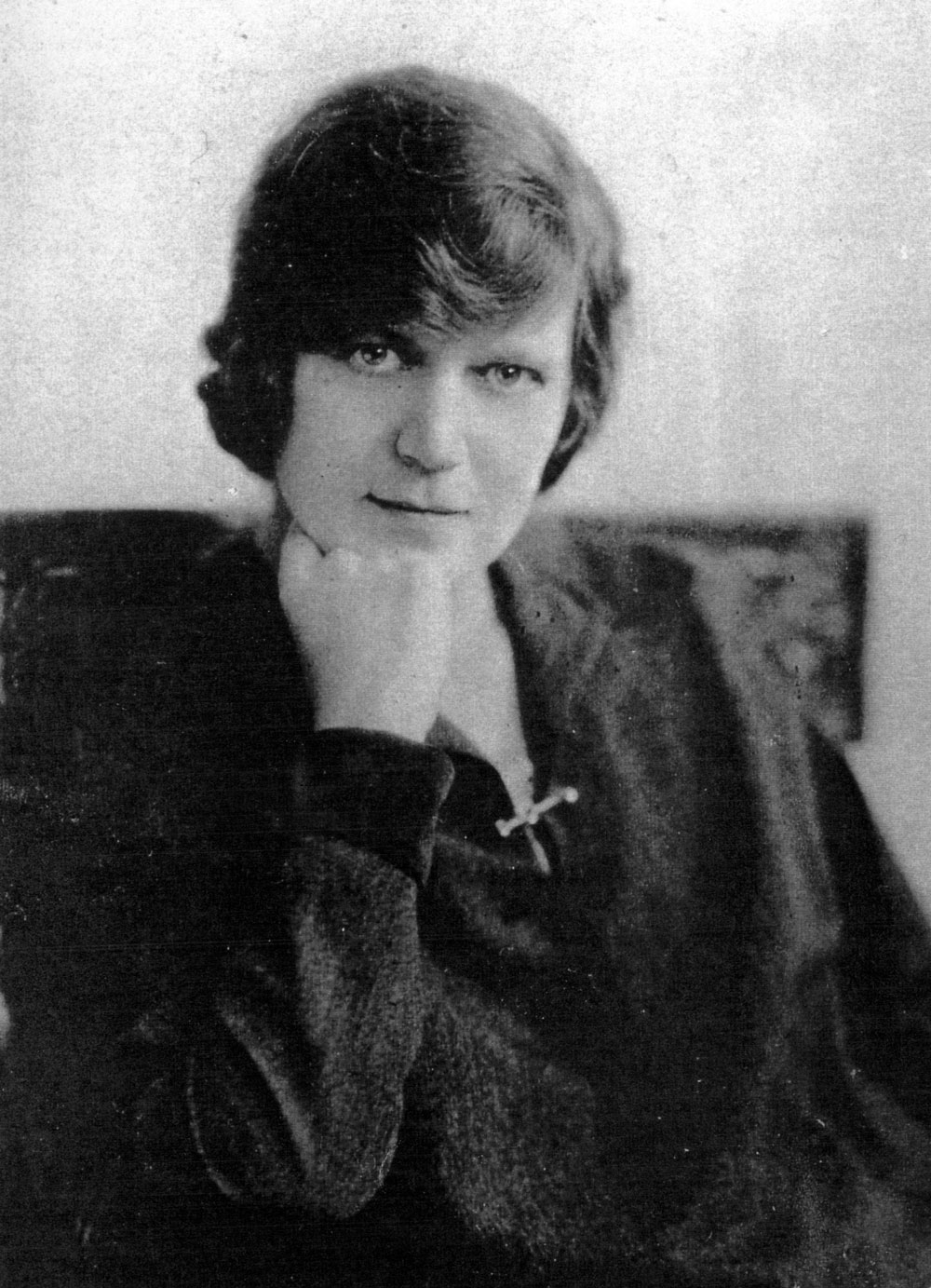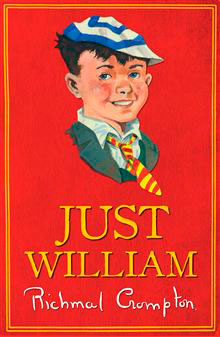
Banned! And it was Just William
by Northern Life
Bury was the town where anarchy was loosed upon the world…or at least that’s the opinion of David E. Norris,who writes here about the 125th anniversary of Just William author Richmal Crompton, on 15th November 1890. David also makes the case for raising a statue in her honour.
In 1963 the then Lancashire County Librarian banned the ‘William’ stories of Richmal Crompton. The very name still forms a template of all that is anarchic about 11-year-old boys and the stories still have a ring of truth about them. No wonder some adults disapproved.
There is a plaque on the wall of 529 Manchester Road, Bury, marking the home where Richmal Crompton Lamburn was born in 1890. There is another one at Malvern Villas in Chesham Road because at the age of six the Lamburn family moved there. But plaques do not do justice to the Bury woman who created a character whose name has entered the vocabulary of the land.
- Unitarian Church Gardens
- Richmal Crompton
- Malvern Villas, Chesham Road, Bury
- 529 Manchester Road, Bury
At a time when sculpture is creeping up the consciousness of town planners, I for one would like to see a sculpture raised in Bury town centre to Richmal Crompton, the children’s author with the
strange name who came from the town.
If Dundee can have a statue to Desperate Dan, if Ulverston can have a statue of Stan Laurel, if Morecambe can have a statue of Eric Morecambe, if Formby can have cloned statues of Anthony Gormley standing in the sea and St Helens can have a dream-like face smiling down on the M62, then Bury can have one for its own literary giant.
“Richmal urged the gathered children to experiment with reading all kinds of books”
It isn’t as if Bury lacks sculptures. Bury has a strong tradition in public art. Along with the statue of Robert Peel outside the Parish Church and the Boer War Memorial in Whitehead Park, there are
relief sculptures around the new Fusiliers Museum (which used to be the Arts and Crafts Centre) in Broad Street, and on the Central Library.
A modern sculpture trail tracks through Prestwich, Radcliffe, Burrs Country Park and Ramsbottom, but there is one location in Bury that cries out for a statue of Richmal Crompton and her creation. That place is in the gardens by the Unitarian Church on the corner of Silver Street and Bank Street. It is hard by the library and in the so called Culture Quarter. All the ingredients of her life are there… even the Health Authority offices are close by.
Richmal Crompton’s father was a clerk in Holy Orders and a licensed curate who chose to become a schoolmaster instead of taking a parish. He taught at Bury Grammar School.
Richmal herself wrote more than 40 adult novels as well as her ‘William’ books. She wrote for Macmillan and Hutchinson. On one occasion late in her life she opened the new Bromley Junior Library. Her speech was worthy of being the mission statement for Bury Libraries today. Richmal urged the gathered children to experiment with reading all kinds of books because she deplored the system of grading books by age range. At the age of 30, Richmal contracted poliomyelitis and had a paralysed leg for the rest of her life. She also contracted breast cancer when she was 40, but in all the houses she lived in she developed a passion for gardening that defied her disability.
What better setting could there be; flowers, a church, a library and health authority offices.
Ideally the fountain already there could play over the figure of Richmal standing with her walking stick looking at five children sitting on the rim of the fountain pool. Those five could be William
and the rest of his gang, namely Ginger, Henry and Douglas and of course Violet Elizabeth Bott, the girl who was the scourge of all their boyish adventures.
It would serve as a reminder to tourists that Bury was the birthplace of a woman who sold nine million books about a rascal called ‘William’ and a further half-million have sold since Macmillan republished them in 1983.









